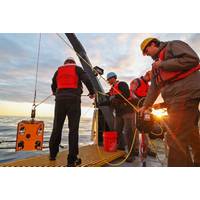
Shipwreck Windfall: ROV Expedition Captures Maritime History
one of those that was completely intact. All the rigging was still there. Our chief scientist was like a kid in a candy store when he got to see that."The Rhod(y) Ahead“We've got huge plans for little Rhody,” laughed Fahy. Upcoming projects include cold-water coral studies in the Gulf of Maine and participation in the documentation of the intentional sinking of the S.S. United States off the Florida coast to create an artificial reef. “This is a really cool opportunity because you can do a pre-sinking inspection to know what the current conditions are. After the vessel is sunk
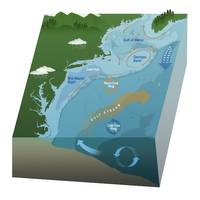
NOAA Predicts Cooler Deep Waters for Gulf of Maine
The Gulf of Maine, historically one of the fastest-warming ocean regions in the world, is predicted to experience cooler bottom water temperatures this spring and summer, according to a new experimental outlook developed by NOAA scientists.Initial signs of this shift were reported by NOAA’s Northeast Fisheries Science Center and documented in the NOAA Fisheries 2025 New England State of the Ecosystem Report.Data shows that since late 2023, the Northwest Atlantic has seen cooler bottom-water temperatures due to the southward movement of the eastern portion of the Gulf Stream and possibly an
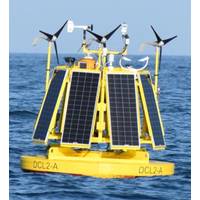
Woods Hole Group Unveils DeepCLiDAR Buoys
of CLS, has three DeepCLiDAR buoy systems ready for deployment to conduct wind resource assessments, metocean, and marine environmental measurements, with additional buoys under construction. With the Atlantic Wind Lease Sale 11 for Commercial Leasing of Wind Power Development on the U.S. Gulf of Maine Outer Continental Shelf scheduled for October 29, 2024, the Woods Hole Group positions itself as a key supplier of metocean and marine environmental services to support future offshore wind projects in the region.Developed in partnership with the University of Maine, the DeepCLiDAR system has
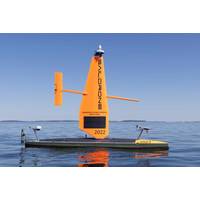
Saildrone Surveys Gulf of Maine to Identify Potential Deep-sea Coral Habitat
A previously unmapped section of the north-central Gulf of Maine has been surveyed to identify potential deep-sea coral habitats.Saildrone said it mapped 1,500 square nautical miles in the Jordan and Georges Basins in support of the National Oceanic and Atmospheric Administration (NOAA) led mission.The Gulf of Maine is a productive and dynamic marine environment, with a diverse array of marine life, productive fisheries, unique underwater habitats, and a complex topography of deep basins, shallow banks, and steep slopes. However, there is extremely limited mapping data available, especially in deeper
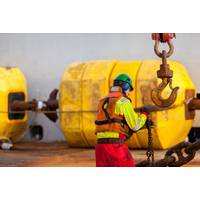
Preparing for Floating Wind – Leveraging the Oil & Gas Supply Chain
Sea, with the UK (80-150 meters) and Norwegian (200-400 meters) markets likely to drive activity through this and the first half of the next decade.In the U.S., the first commercial scale projects will be off California (500-1,300 meters). Future activity is planned off Oregon (550-1,500 meters), the Gulf of Maine (190-300 meters) and the Central Atlantic (over 2,000 meters). Canada is also investing floating wind, but this is at the early stages.The oil & gas industry has much experience working in the water depths discussed for floating wind. The bigger challenges come in the quantities involved

US Invests $3.9 Million for Ocean-based Climate Resilience Accelerators
, Seaworthy Collective, $249,848.HawaiiHITIDE Studio: Guiding the Commercialization Voyage of Ocean-Based Climate Resilient Technologies, University of Hawaii, $250,000.LouisianaCLIMATEx Accelerator Program, The Idea Village, Inc., $250,000.MaineOceanVista: Advancing Ocean Data for Climate Resilience, Gulf of Maine Research Institute, $250,000.MassachusettsVentureWell Ocean-Based Climate Resilience Accelerator, VentureWell, $249,810.Accelerating Climate & Ocean Resilience with Bluetech Innovation, SeaAhead, Inc., $249,299.Accelerating Resilience: Linking Research, Industry, and the Public Across the
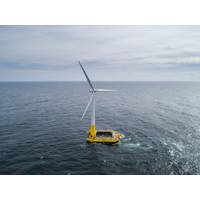
Floating Offshore Wind: New Seascape, New Challenges
that are wide enough to avoid any turbine-cable risks. The group is confident that these wide passageways will be set. Another concern, although admittedly more remote, is that a turbine breaks free and becomes a hazard in a fairway. AWO is following developments on both the West Coast and the Gulf of Maine

ASL Hires Chawarski as Biological Oceanographer
studies of aquatic ecosystems.Previous to his appointment at ASL, Chawarski completed a Masters in Marine Biology at the University of Maine. During his studies he designed experiments to investigate the effects of marine protected areas (MPAs) on the recovery of groundfish stocks in the Gulf of Maine. He trained in acoustic analysis and provided new insights into the spatial distribution of herring spawning in inshore waters of Maine. Soon after completing his Masters, Chawarski attended Memorial University of Newfoundland where he is currently completing his doctorate in Fisheries Science
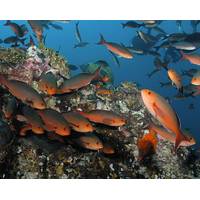
NCCOS Awards $1.7M to Support Habitat Connectivity Research in National Marine Sanctuaries
Bank National Marine Sanctuary, Massachusetts Division of Marine Fisheries, and Integrated Statistics received $163,000 to evaluate how highly migratory and protected species (including cetaceans, fishes, pinnipeds, seabirds, and turtles) are using a network of state and Federal MPAs in the Gulf of Maine, and how their use intersects with human use in the same regions. Understanding the benefits of existing MPAs to species at risk will inform recommendations for potential new or expanded MPAs, advancing the scientific understanding needed to protect coastal and ocean resources, and ensure their
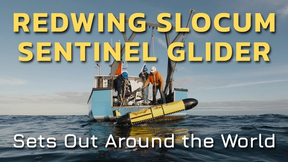
 August 2025
August 2025





